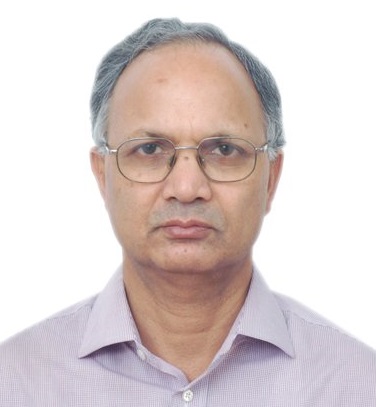
Devsagar Singh / New Delhi

In what can be described as a windfall for the Modi Government at the fag end of its current tenure, it is a thumping revival of the democratic process in Kashmir, thanks to intense voter interest in the valley as witnessed in the ongoing Lok Sabha polls. At 58.5 per cent polling , it is the highest overall turnout in the sensitive border region in the past 35 years.
While Srinagar parliamentary constituency recorded 38.5 per cent polling this time as against 14.4 per cent in 2019, Anantnag-Rajojuri seat saw a whopping 54.9 per cent from a mere 9 per cent last time. Baramula constituency, similarly, witnessed a jump of 59.1 per cent polling from 34.6 per cent in the last election.
This has given thumbs up to the Election Commission of India which is now preparing to hold Assembly elections in J and K sometime in September this year. Home Minister Amit Shah , in an interview to the media last week also spoke of the Assembly poll in the union territory later this year.
What is of particular interest is the fact that young voters (18 to 35 years old) came out in larger numbers in all the Kashmir constituencies, giving rise to hope that the upcoming assembly elections will be more intensely fought. “There is a sea change in the situation—from boycott call in the past to joining the mainstream politics now is very encouraging”, commented a retired government official who dealt with J and K until recently.
So what brought this change? After abrogation of Art 370 in August 2019 which gave special status to J and K, the region was up in arm against the Government rejecting every single overture.
One of the major reasons for the change appears to be the steadily growing number of educated youth in the Valley which is looking forward to career opportunities outside their home and abroad. It is this generation which participated in the election scene in a big way raising the voter turnout unprecedentedly.
After the killing of militant youth leader Burhan Wani, 21, a commander of Hizbul Muzahiddin in Kashmir in July 2016, the security forces broke the chain of young people joining militancy in a big way. Wani was an icon for the youth of Kashmir. His killing unleashed a wave of anger and protest in the region. It, however, died down slowly in the face of massive security clampdown.
The security forces came down heavily on the protesters and the rebellion significantly curtailed. Slowly but steadily, the clampdown increased and final blow was inflicted on August 5 , 2019 when the Government suddenly did away with Art 370 in one fell swoop. This disoriented the militants to such an extent that they could not rise up to challenge the might of the security forces.
The other significant factor was the waning influence of Pakistan on the Valley’s youth following Wani’s assassination. Inimical forces from across the LoC did not get sufficient number of youth from the Valley to train for militant activities.
Pakistan was itself too beset from internal problems of its own, both on economic and political front, to up its ante on India. Today, the Valley is looking up to the next major democratic exercise—an Assembly poll—which would offer it a chance to wrest political power. All indications suggest that the mainline parties of the Valley—National Conference, PDP , Congress, among others—would contest in full vigour. The Centre , as of today, is also looking at the development positively.
